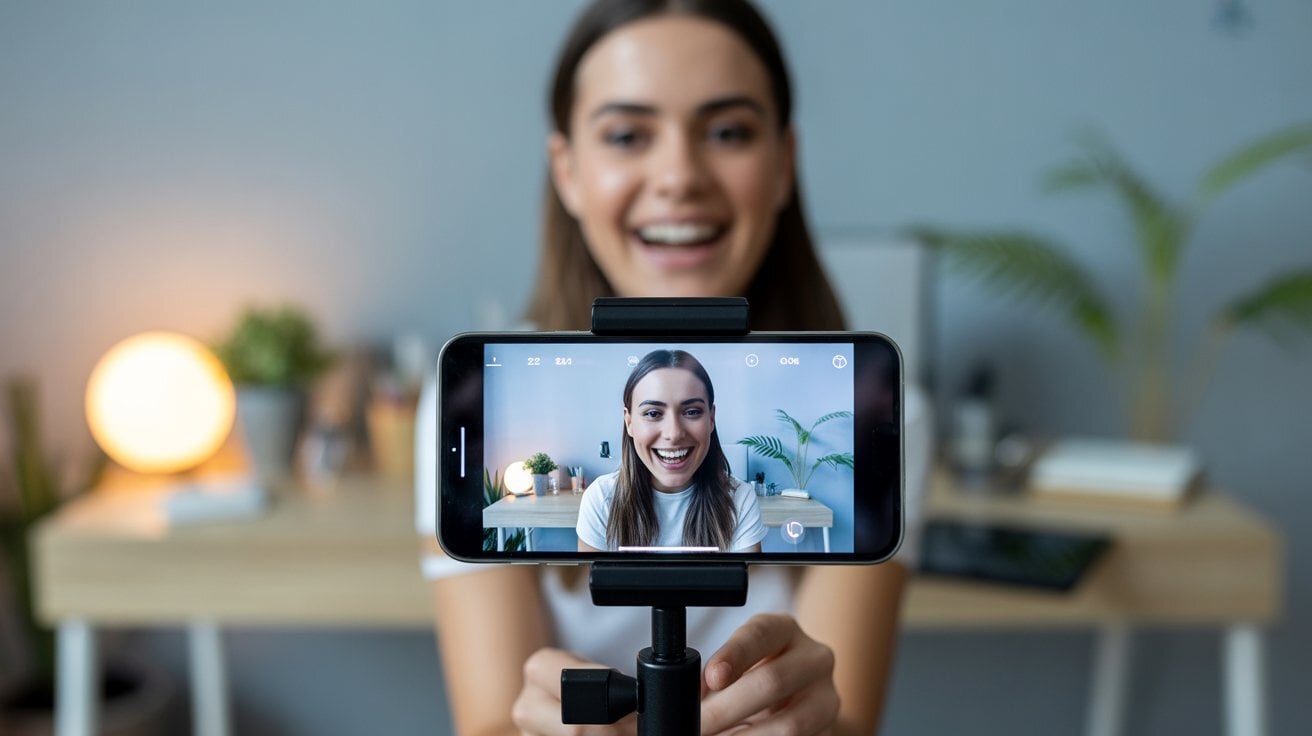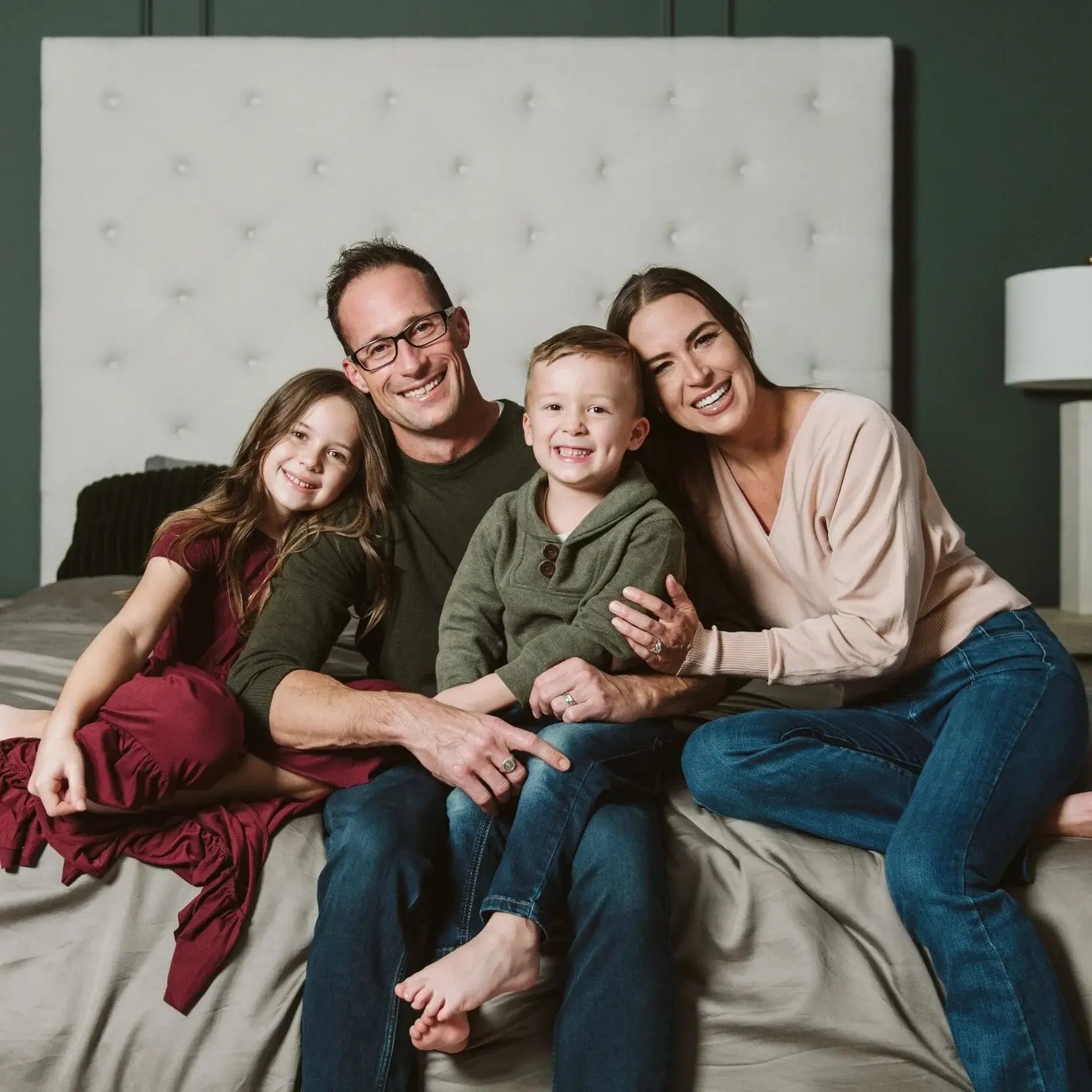Forget million-follower influencers. Your next breakout voice might already be sitting at the social desk or moonlighting as your freelance video editor.
As lo-fi content dominates TikTok and younger audiences demand authenticity over polish, brands are rethinking who gets to speak for them. Instead of outsourcing their voice to creators with prebuilt audiences, smart companies are building it in-house with real employees, real freelancers, and real personality.
It’s scrappy, it’s smart, and it’s working. But it also raises big questions about identity, labor, and influence.
Why Brands Are Ditching Polished Creators for Lo-Fi Insiders
Not every viral campaign comes from a ring light and a million followers. In fact, some of the most engaging content on social today is filmed on iPhones, edited in-app, and starring someone with fewer than 1,000 followers.
Peer-to-peer storytelling outperforms polish.
Today’s consumer (especially Gen Z) doesn’t want a polished pitch. They want chaos, comfort, and content that looks like something they’d send in the group chat.
Enter: the in-house creator.
Often, a social media coordinator, a freelance producer, or even the office intern, these people become the face of the brand, intentionally or not. From Duolingo’s mascot to Mschf’s bizarre viral drops, the line between brand and creator is getting blurrier. Some brands are even hiring “influencers-in-residence,” tasking them with being funny, relatable, and constantly online.
The result? Lo-fi, creator-style content that feels like a trusted friend, not a brand activation.
When Brand Voice And Personal Identity Blur
But here’s where things get complicated: when the brand is a person, what happens to the person?
Being an in-house creator isn’t just about strategy. It’s performance. It’s presence. It’s becoming the brand’s main character on camera, in comments, and across every stitch and story. And that can take a toll.
Creators who go viral while representing the brand often develop a hybrid identity—part employee, part persona. They’re tagged in comments. Asked to reveal more. Expected to maintain a tone and personality that might not fully be their own.
There’s emotional labor in becoming the face of a brand, especially when it wasn’t in the original job description. And when that employee leaves? So does the content engine, along with the hard-to-replace rapport they built with the audience.
And when identity becomes part of the brand asset, the conversation quickly shifts from emotional toll to legal gray areas.
Ethics, Ownership, And Visibility: Who Gets Credit (And Compensation)?
As in-house creators rack up views and build brand equity, there’s growing tension around intellectual property and attribution. If an unpaid intern creates a TikTok that brings in 20,000 new followers, who gets the credit? If a social media manager’s personality becomes synonymous with the brand, what happens when she moves on?
These aren’t hypothetical questions. In a post-influencer landscape, where visibility drives sales, the person behind the post often is the product.
Virality is a powerful currency. But who gets to own it?
Brands need to think critically about where the line is drawn. Are these team members being compensated fairly for their on-camera labor? Are contracts and job roles evolving to reflect their growing influence? Or are companies capitalizing on their personalities without giving them a seat at the table?
The Impact On Budgets, Sourcing, And Brand Voice
The shift to in-house creators isn’t just changing how content looks; it’s reshaping how teams are built and where budgets flow.
In the past, influencer spend went to agencies and creators with polished portfolios. Today, that money is being redirected to internal teams, freelance creative partners, and long-term brand-building roles. A social strategist now needs to think like a showrunner. A community manager might also be the lead talent.
This change is forcing brands to rethink voice, too. What happens when one person is the voice of your brand, but also a person with their own values, humor, and style?
Some companies have responded by writing flexible voice guides that allow for individuality. Others are building content calendars around personality-driven series, balancing predictability with freedom. But the challenge remains: how do you scale a brand voice when it’s built around one face?
How To Build A Sustainable In-House Creator Model
This model can work, but only if it’s built on clarity, support, and respect.
To avoid burnout and ethical missteps, brands need to treat in-house creators like any other key talent: worth investing in, protecting, and promoting. That starts with defining the role and building real infrastructure to support it.
-
Clarify the role. Is this person a strategist?
A performer? A hybrid? What’s expected of them, and what’s optional?
-
Rotate creative responsibility. Avoid over-reliance on a single face or voice. Build systems that allow multiple team members to contribute.
-
Invest in support and training. Provide tools, resources, and coaching to help creators thrive, not just survive.
-
Compensate fairly. On-camera labor is real work. Pay in-house creators the way you’d pay an external influencer or agency.
-
Formalize the process. As reliance grows, so should the structure. Contracts, creative briefs, and content planning aren’t optional; they’re essential.
This isn’t free marketing, but rather creative labor. And the more your brand depends on it, the more intentional and equitable it needs to be.
The Post-Influencer Era Is Personal, But It’s Not Simple
There’s a reason this model is catching on: it works.
People trust people, not brands. And when someone inside your organization can bring personality, relatability, and cultural fluency to your social presence, it’s a competitive advantage.
But with that opportunity comes responsibility.
Influence isn’t just external anymore. It’s embedded in your team. Treat it with care.
If you’re going to ask someone to become the face of your brand, make sure they’re equipped, empowered, and compensated. Because when the brand becomes a person (and the person becomes the brand), you’re not just building content. You’re building a culture.




.png?width=300&height=300&name=Minimal%20Photocentric%20Productivity%20Blog%20Banner%20(3).png)
